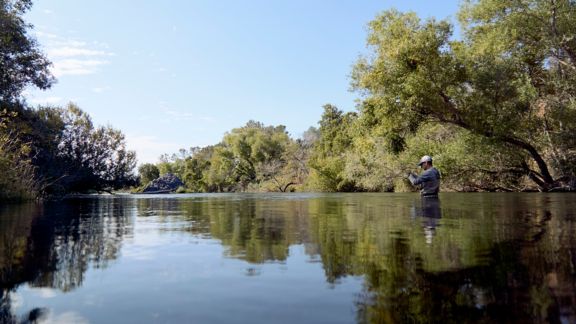Enhancing Native Representation in National Arts Participation Measures

Problem
Native people are not always well represented in national arts and culture data.
There is very little national data on Native peoples’ engagement in, or work with, arts and culture. Too often, Native peoples are referred to as the “asterisk nation” because many reports use asterisks to indicate insufficient or unreliable data about Native populations. This practice stems from persistent challenges in collecting data about Native peoples.
Critically, one of these challenges is that the validity of arts participation survey measures is uncertain—meaning it’s unclear how well the relevant surveys and resulting data capture and convey Native peoples’ engagement in or work with arts and culture. Thus, there is a timely need to address how well the activities of Native peoples are captured in arts participation survey measures that drive arts policy decision-making and funding in the U.S.
Solution
Our research aims to improve survey measures to capture more accurate national data on Native peoples’ artistic and cultural activity.
This study—a collaboration between NORC and First Peoples Fund, a national organization that supports the cultural, artistic, and ancestral practices of American Indian, Alaska Native and Native Hawaiian artists and communities—advances knowledge about the validity of current survey measures used on key federal surveys about participation and employment in the arts for Native Americans.
Through an iterative, in-depth cognitive interviewing process with Native American adults who live both on- and off-reservation, the study provides community-informed and community-tested survey measures for arts participation and employment that better align with Native individuals’ understanding and experiences of artistic and cultural engagement.
Result
The study identified several ways that existing survey measures may have fallen short for Native respondents and makes recommendations for how they could be revised.
We found that some survey questions, as currently worded, do not fully capture the artistic and cultural participation of Native people. Specifically, in our final report, Measuring What Matters, we identified three types of limitations with the way that some questions are constructed:
- An overly narrow recognition of art forms and activities, which could appear to exclude certain art forms and activities pertinent to Native respondents such as beadwork and ceremonial dance
- A constrained description of the contexts for artistic and cultural participation, which could appear to exclude contexts important to Native respondents such as ceremonial grounds, family kitchens, and outdoor landscapes
- Limited framing of possible motivations for participating in the arts, which could appear to overlook common motivations reported by Native respondents such as cultural preservation, social responsibility, spiritual practice, and community healing
To address these limitations, we propose revisions to some questions to increase the cultural flexibility of the questions, aiming to create opportunities for a wider range of valid interpretations of what constitutes artistic and cultural participation. Our results suggest that making these revisions would position existing survey questions to better reflect modes of artistic and cultural engagement that are central to Native communities and many other people across the U.S.
Are You a Study Participant?
Questions about the study? Experiencing technical difficulties? Contact us:
Related Tags
Project Leads
-
Gwendolyn Rugg
Senior Research ScientistProject Director -
Mitchell R. Barrows
Research ScientistProject Manager -
Lisa Lee
Principal Research MethodologistChief Methodologist










